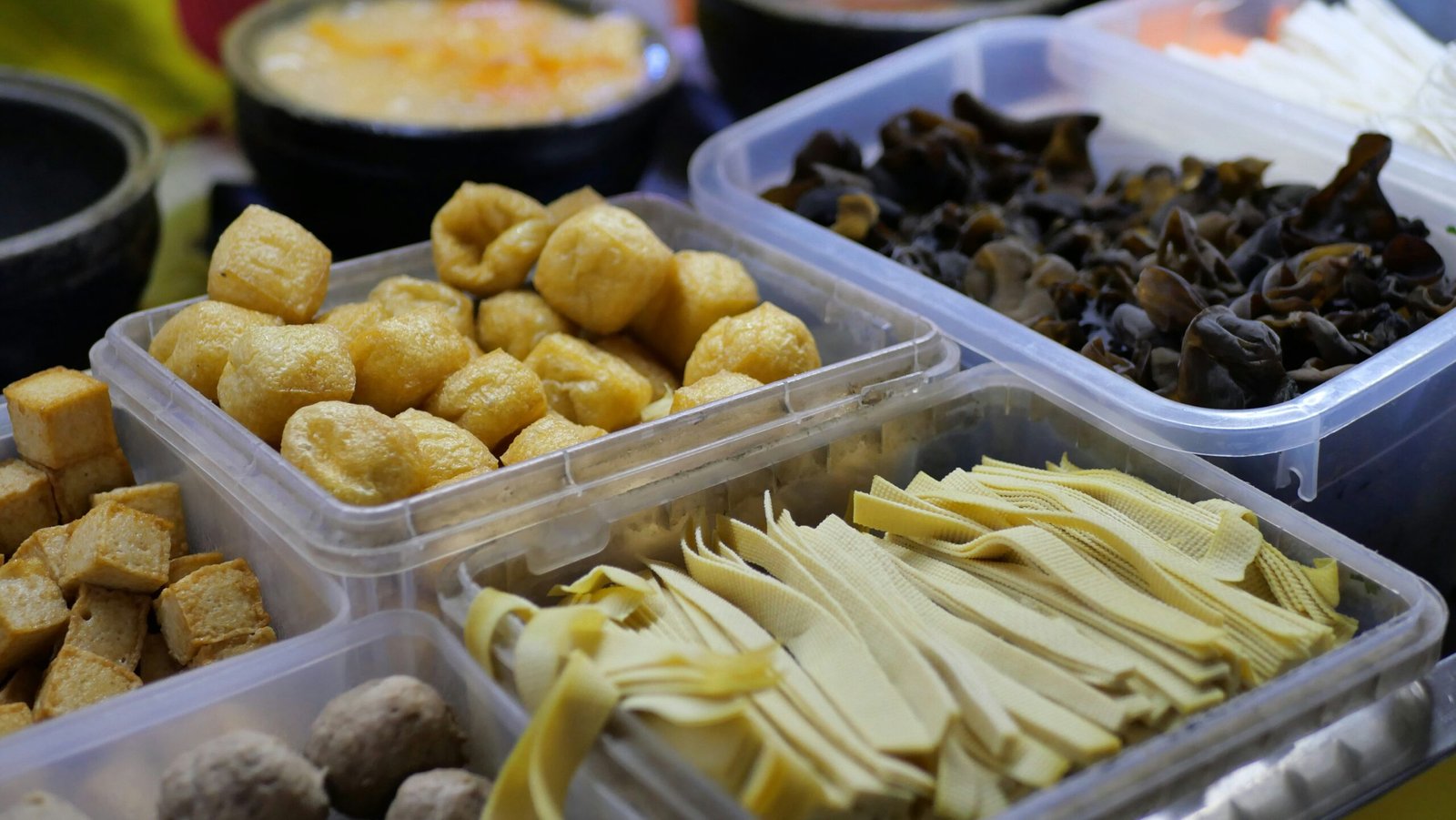When things go sideways, you need more than canned beans and dry crackers. You need real food — the kind that fuels your body and keeps your mind sharp. That’s where an emergency food supply with meat options comes in. It’s not just about surviving. It’s about staying strong, thinking clearly, and keeping your family fed with meals that actually taste good.
Let’s break down why meat matters in survival kits, how to store it right, and where to find the best options for long-term emergencies.
Why Meat Changes the Game in Emergency Preparedness
When you’re in survival mode, protein is gold. It gives your body steady energy, supports muscle recovery, and helps you stay alert when stress kicks in. Carbs burn fast. Protein keeps you going.
Here’s why meat belongs in every serious emergency kit:
- Steady energy that keeps your blood sugar stable
- Muscle protection that helps prevent fatigue and weakness
- Morale boost because real meat just feels grounding when life feels chaotic
Freeze-dried meat has come a long way. Thanks to modern preservation, you can now get meat with a 25-year shelf life that tastes shockingly close to fresh. It’s not your granddad’s military ration anymore.
What Makes a Good Meat-Based Emergency Food Kit
A good kit isn’t just about calories. It’s about usable nutrition that won’t go bad sitting in your closet for a decade.
One brand doing it right is My Patriot Supply. Their Emergency Survival Food Kits and Meat & Protein Bundles are built for long-term storage and real-world situations — hurricanes, grid failures, or a long camping trip where grocery stores aren’t an option.
Look for these must-haves when choosing your kit:
- High protein content with a mix of meat and plant-based protein
- Room-temperature storage with no need for refrigeration
- Variety options like beef, chicken, pork, or jerky
- Compact, resealable packaging for convenience
- Enough vitamins and minerals to keep meals balanced
I’ve tested a few, and honestly, freeze-dried beef from My Patriot Supply tastes surprisingly close to fresh when rehydrated. Add hot water, stir, wait 15 minutes, and you’ve got a warm meal that doesn’t feel like “survival food.”
How to Store Meat-Based Survival Food
Good storage is half the battle. Even the best kit can go bad if you leave it somewhere hot or humid. Here’s what to do:
- Keep it cool and dry, ideally between 55–70°F
- Avoid sunlight and moisture — basements and closets work great
- Rotate stock every few years if you’ve opened anything
- Use airtight containers to lock out humidity
Simple steps like this keep your food tasting better and lasting longer. I always say: store it like you plan to eat it, not like it’s an afterthought.
How to Prepare Freeze-Dried Meat
You don’t need a kitchen or fancy gear. Just water and a little heat.
- Boil water using a camp stove, rocket stove, or even a solar oven.
- Pour it over the meat and stir.
- Wait 15–20 minutes, then eat.
That’s it. The best part? You can mix rehydrated meat into rice, noodles, or canned veggies and make it taste like a normal dinner. In a blackout or evacuation, that kind of comfort matters.
Best Types of Meat for Long-Term Storage
Some meats just hold up better over time. These are your best bets:
- Freeze-dried beef — rich, filling, works in everything
- Chicken — lighter but still packed with protein
- Pork or bacon bits — adds fat and flavor
- Jerky — no prep needed, great for grab-and-go situations
Beef and chicken tend to rehydrate best. Jerky is perfect for short-term emergencies or road trips.
Why My Patriot Supply Is Worth a Look
You could build your own emergency stash, but that takes time. My Patriot Supply makes it easy to start smart. Their Emergency Survival Food Kits and Meat & Protein Kits are ready to store for decades and include enough calories to keep you fueled when things get tough.
What I like most is how practical they are. You can pick a 3-month supply or just start with a week. Everything’s sealed tight, labeled clearly, and easy to stack. No gimmicks. Just solid food that lasts.
Building a Balanced Survival Food Plan
You don’t have to go full “prepper” to be smart about it. Just plan for what your family might need if stores were closed for a few weeks.
Here’s a good rule of thumb:
- 30–90 days of food per person
- 25% protein-based meals like meat, beans, or eggs
- Add grains, fruits, and veggies for balance
- Don’t forget water filters or purification tablets
A family of four will need around 12,000 calories per day — a mix of protein, carbs, and fats. Meat helps fill the protein gap while keeping everyone satisfied.
The Takeaway
An emergency food supply with meat options isn’t just smart — it’s survival done right. It keeps your body fueled, your mind calm, and your family steady when life turns unpredictable.
And if you want to skip the trial and error, start with something proven like My Patriot Supply. Their meat-inclusive kits hit the sweet spot between taste, nutrition, and shelf life — and that’s what real preparedness looks like.
Meta Description

